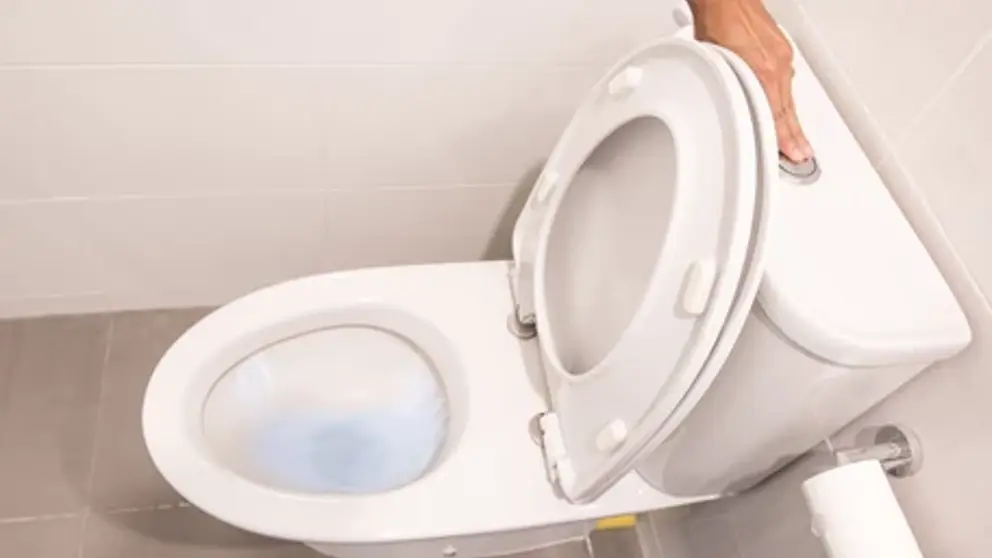High humidity levels in bathrooms are a common concern for many homeowners. The moisture-rich environment of a bathroom can lead to various problems such as mold growth, peeling paint, and structural damage. Understanding the bathroom humidity issues and knowing how to manage them is crucial for maintaining a healthy home environment.

Understanding Bathroom Humidity
Bathrooms, by their very nature, are prone to high levels of humidity. The combination of water usage and limited ventilation can cause moisture to accumulate quickly. This buildup of moisture, if not addressed, can lead to significant issues over time.
Why Does Humidity Accumulate?
The primary reason for humidity in bathrooms is the regular use of hot water for showers and baths. This hot water releases steam into the air, increasing the moisture content. Without proper ventilation, this moisture has nowhere to go, leading to condensation on walls and ceilings.
Common Signs of High Humidity
Identifying the signs of high humidity early can help you address the problem before it escalates. Common signs include foggy mirrors, damp walls, and peeling paint. You might also notice a musty smell, which could indicate the presence of mold.
The Impact of Humidity on Your Home
Excessive humidity in your bathroom can have several negative effects on your home. It’s important to recognize these impacts to take preventive measures effectively.
Mold and Mildew Growth
Mold and mildew thrive in damp environments, making bathrooms with high humidity the perfect breeding ground. Not only can mold damage your walls and ceilings, but it can also affect your health, leading to respiratory issues.
Structural Damage
Over time, excess moisture can lead to structural damage. Wooden fixtures can warp and rot, and tiles may become loose. This damage can be costly to repair, making prevention a top priority.
Solutions for Managing Bathroom Humidity
Addressing bathroom humidity issues requires a combination of proper ventilation and moisture management. Here are some strategies to help you control humidity levels in your bathroom.
Ventilation Systems
Installing an effective ventilation system is one of the best ways to manage humidity. An exhaust fan helps remove moisture-laden air, reducing condensation. Ensure that your fan is the right size for your bathroom and use it during and after showers.
Dehumidifiers
Dehumidifiers are another useful tool for controlling humidity. These devices draw moisture from the air, helping to maintain a balanced environment. They are particularly useful in bathrooms without windows or insufficient ventilation.
Regular Maintenance and Cleaning
Regular cleaning and maintenance can prevent a buildup of moisture. Wipe down walls and mirrors after showers and fix any leaks promptly to prevent excess moisture accumulation. For more on managing leaks, check out Leak vs Humidity.
Preventing Future Humidity Problems
Preventing humidity issues in your bathroom involves a proactive approach. By implementing preventive measures, you can avoid the costly repairs associated with moisture damage.
Water-Resistant Materials
Using water-resistant materials can help reduce moisture absorption. Consider using tiles and waterproof paint to protect your walls and ceilings. For tips on sealing tiles, visit Tile Sealant.
Routine Inspections
Conducting regular inspections can help you catch potential problems early. Look for signs of leaks and address them promptly. For guidance on detecting leaks, explore Leak Signs.
Professional Help
If you’re struggling with persistent humidity issues, it might be time to call in a professional. They can provide tailored solutions and ensure your bathroom remains a healthy space. For more insights, visit Common Leak Solutions.

FAQs About Bathroom Humidity Issues
What causes high humidity in bathrooms?
High humidity in bathrooms is primarily caused by steam from hot showers and baths. Poor ventilation exacerbates the issue, as moisture has no outlet.
How can I prevent mold in my bathroom?
To prevent mold, ensure your bathroom is well-ventilated and clean regularly. Use mold-resistant materials and fix leaks immediately. For more on mold prevention, read Wood Rot Leak.
What is the best way to reduce bathroom humidity?
The best way to reduce bathroom humidity is through proper ventilation. Use exhaust fans and consider installing a dehumidifier for optimal moisture control.
This article contains affiliate links. We may earn a commission at no extra cost to you.



